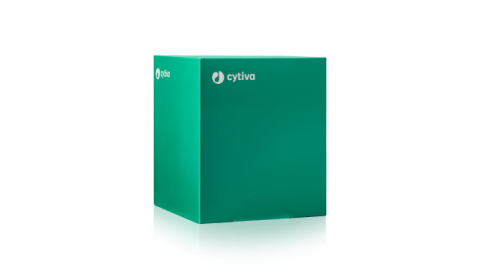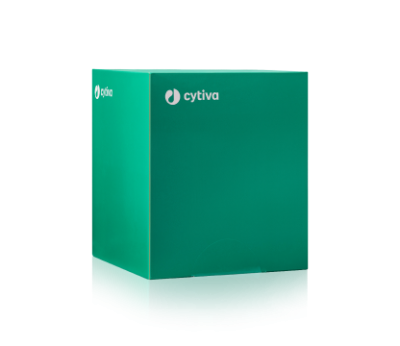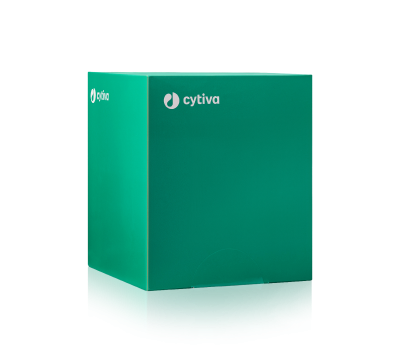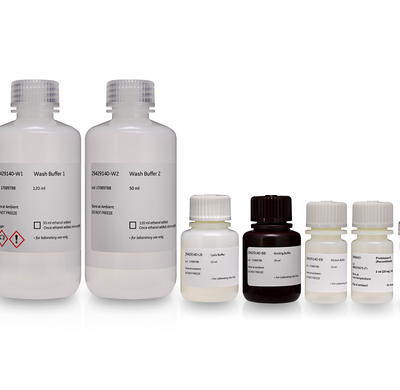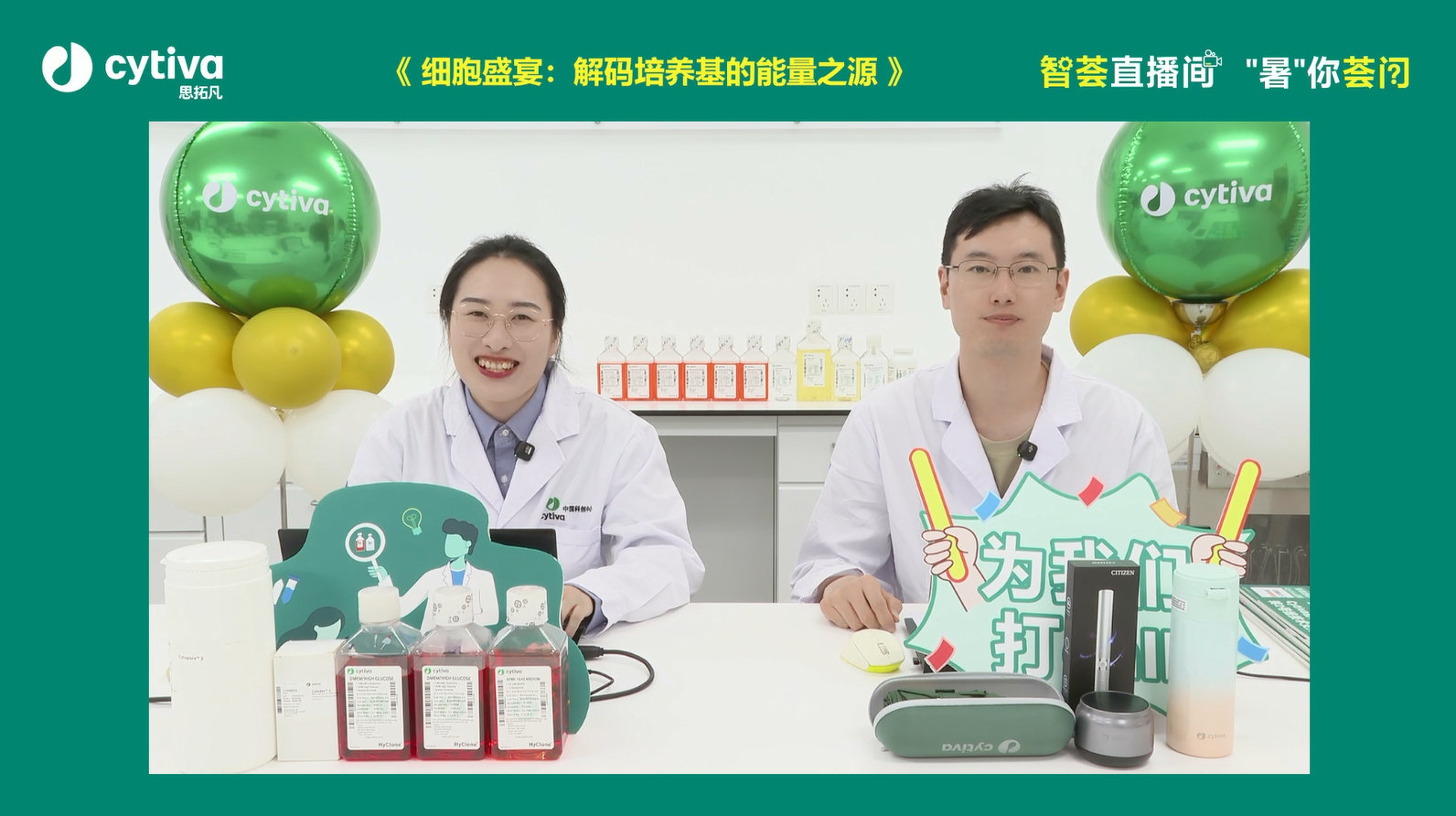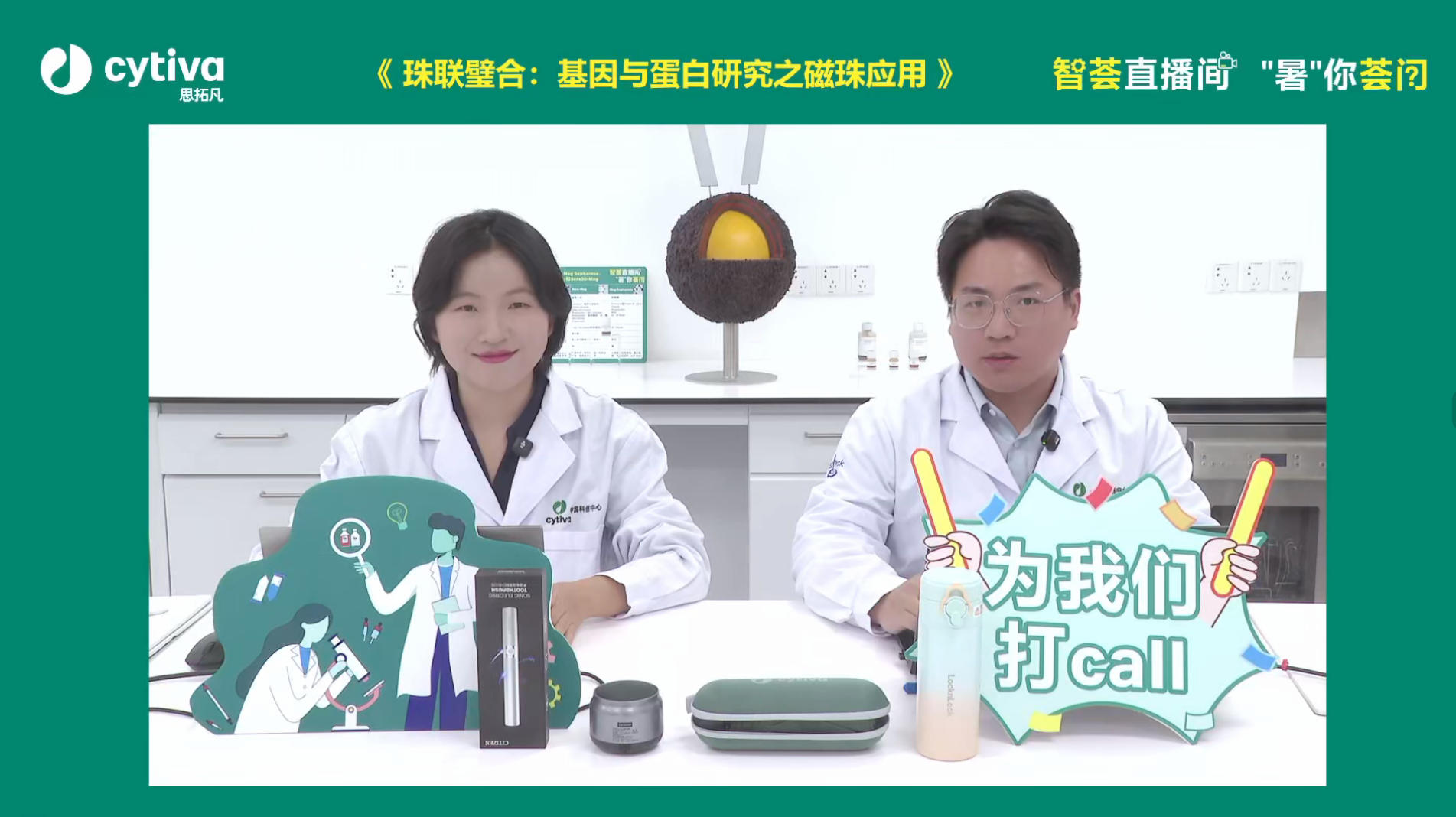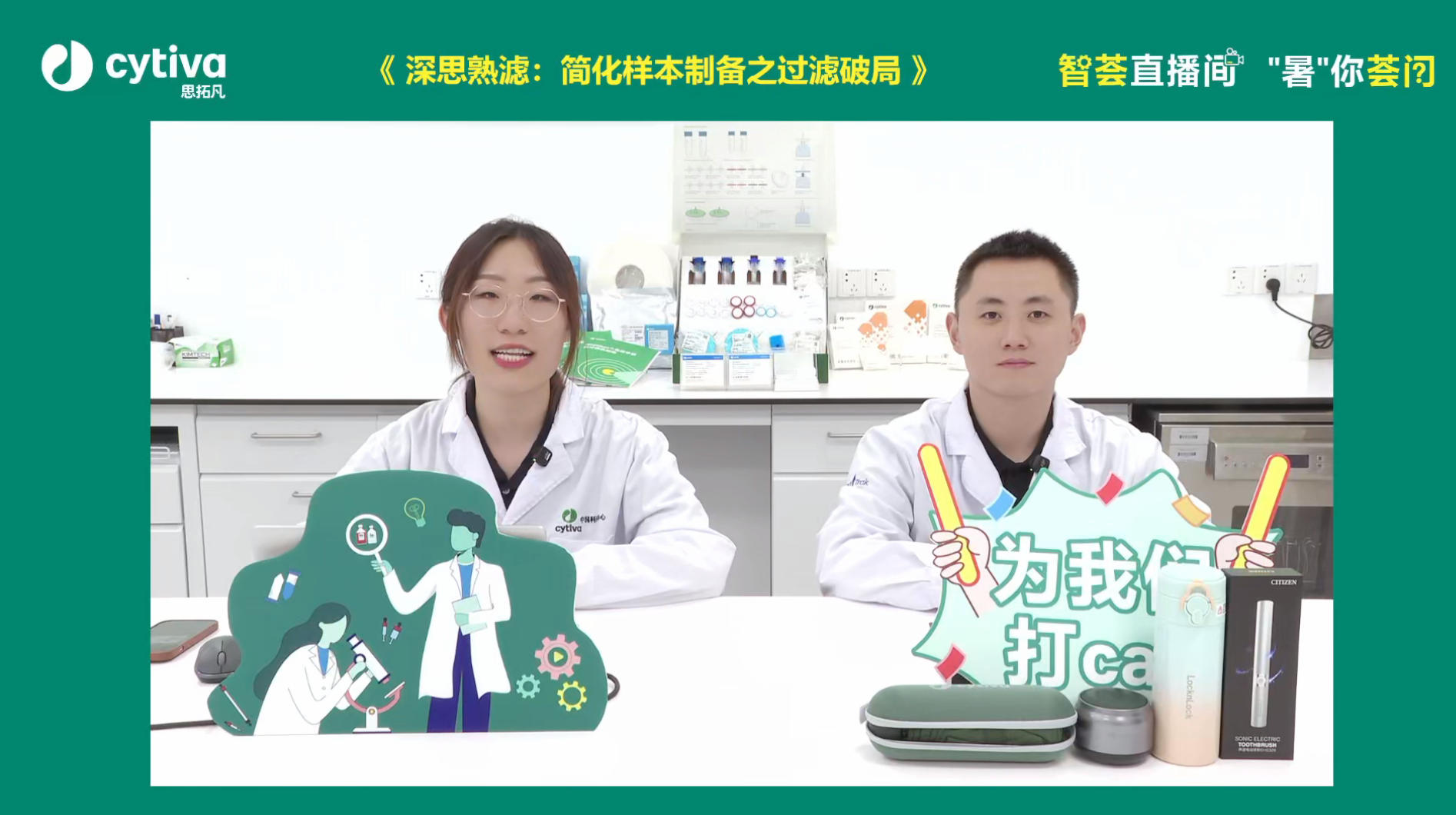Biodyne® 尼龙转印膜
具有高灵敏度与低本底,检测和分离性能有所增强
产品详情
BioDyne™ 尼龙转印膜, 多次杂交、剥离和重新标记后,不会破裂、收缩或撕.
- BioDyne A: Amphoteric Nylon 6,6 – The net charge of this membrane can be modulated by changes in pH. It is ideal for single probe or multiple rehybridizations and in applications where background is troublesome. The binding mechanism for this membrane is through hydrophobic and electrostatic interactions. Nucleic acids can be immobilized to this membrane via UV crosslinking and baking. It is well suited for nucleic acid dot blots, gene probe assays, and DNA fingerprinting.
- Biodyne B: Positively-Charged Nylon 6,6 – The pore surfaces of this membrane are populated by a high density of quaternary ammonium groups. It offers high sensitivity in nucleic acid detection applications. The binding mechanism for this membrane is through electrostatic interactions. Nucleic acids can be immobilized to this membrane via UV crosslinking and baking although it is not required. It is well suited for nucleic acid dot blots, DNA fingerprinting, and colony/plaque lifts.
- Biodyne Plus: Positively-Charged Nylon 6,6 with High lsoelectric Point – This membrane has an extremely high isoelectric point which provides greater sensitivity than the amphoteric nylon while exhibiting lower background than the standard positively-charged nylon membrane in certain non-radioactive detection systems. It is our most sensitive nylon membrane for nucleic acid detection. The binding mechanism for this membrane is through electrostatic interactions. Nucleic acids can be immobilized to this membrane via UV crosslinking and baking although it is not required. It is well suited for nucleic acid dot blots and DNA fingerprinting.
- Biodyne C: Negatively-Charged Nylon 6,6 – The surface of this membrane is covered with a high density of carboxyl groups that can be derivatized for protein attachment. The binding mechanism for this membrane is through electrostatic interactions. It is well suited for protein immobilization, ELISAs, and affinity purification via ligand attachment.
- Immunodyne ABC: Modified Nylon 6,6 – This membrane is surface modified through proprietary chemistry which allows for covalent binding and stable ligand immobilization. The membrane is preactivated to form covalent linkages with nucleophilic groups found on proteins and other biological macromolecules. Primary reactivity is with amine groups at neutral pH. The microporous structure of the membrane provides an available immobilization area of up to 300 cm2 for each cm2 of planar membrane. It is intrinsically hydrophilic and exhibits instantaneous wetting on contact with low ionic strength aqueous solutions. High capillarity and rapid absorbent wicking are obtainable without the necessity of surface modifying wetting agents. Prewetting is not required prior to contact with ligand solutions. This membrane offers greater binding capacity for proteins than traditional non-porous solid phase surfaces.
天然亲水,易于润湿,用于放射性(Biodyne B膜)和非放射性(Biodyne A膜)系统时性能卓越

 收藏
收藏 询价
询价